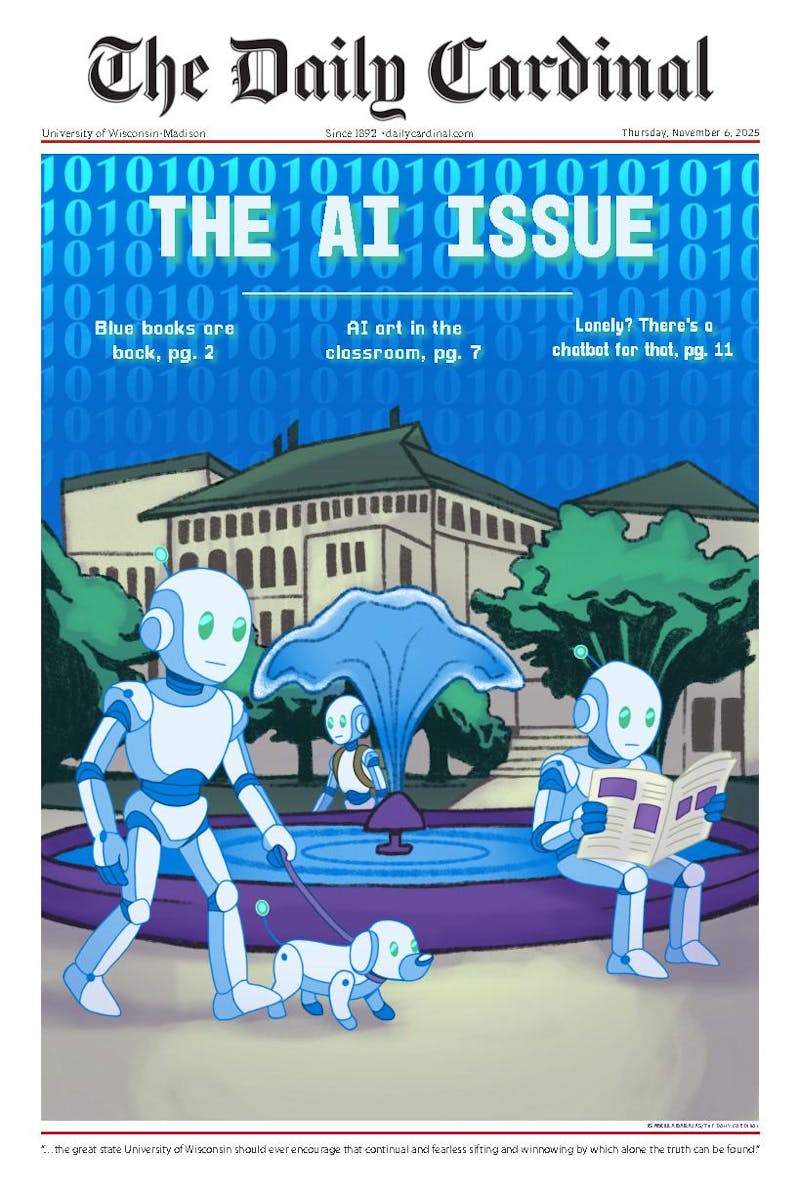A team of UW-Madison researchers made a breakthrough in stem-cell research by discovering a way to increase purification of certain adult stem cells.
Researchers in James Thomson's lab, including associate scientist Junying Yu, made the discovery. The breakthrough will help remove genetic baggage from embryonic cells, which previously posed a threat to therapeutic treatment.
Thomson is a professor in the UW School of Medicine and Public Health and the director of regenerative biology for the Morgridge Institute for Research. He has previously contributed to several major stem-cell discoveries. In 1998, Thomson was the first to successfully culture human embryonic stem cells. In 2007, Thomson partnered with Yu to reprogram ordinary skin cells, creating induced pluripotent stem cells, or iPS cells.
According to Terry Devitt, a representative from University Communications, the previous problem was exotic chains from new genes and the viral vector becoming permanently integrated to the genome in the cell.
""The original methods involve vectors that become inserted into the skin cell's DNA,"" Jeremy Berg, director of the National Institute of General Medical Sciences, said. ""This is a type of mutation. Depending on where in the skin cell DNA this occurs, this can lead to disruption of key control genes that could participate in tumor development.""
Before the recent breakthrough, the iPS cells still had some harmful flaws when used, making it extremely risky to use them in humans.
""You just can't move genes around willy-nilly in people. You just can't,"" Devitt said.
According to Devitt, the new discovery is an advance in research because it takes the embryo out of the equation, ensuring the removal of excess genetic baggage.
According to Berg, nothing is inserted into the skin cell's DNA with the new method, successfully avoiding potential cancer problems.
""Continued investigation of embryonic stem cells is still advisable, since iPS cells and true embryonic stem cells do differ in subtle ways and understanding these differences and their significance could be of considerable importance,"" Berg said.






